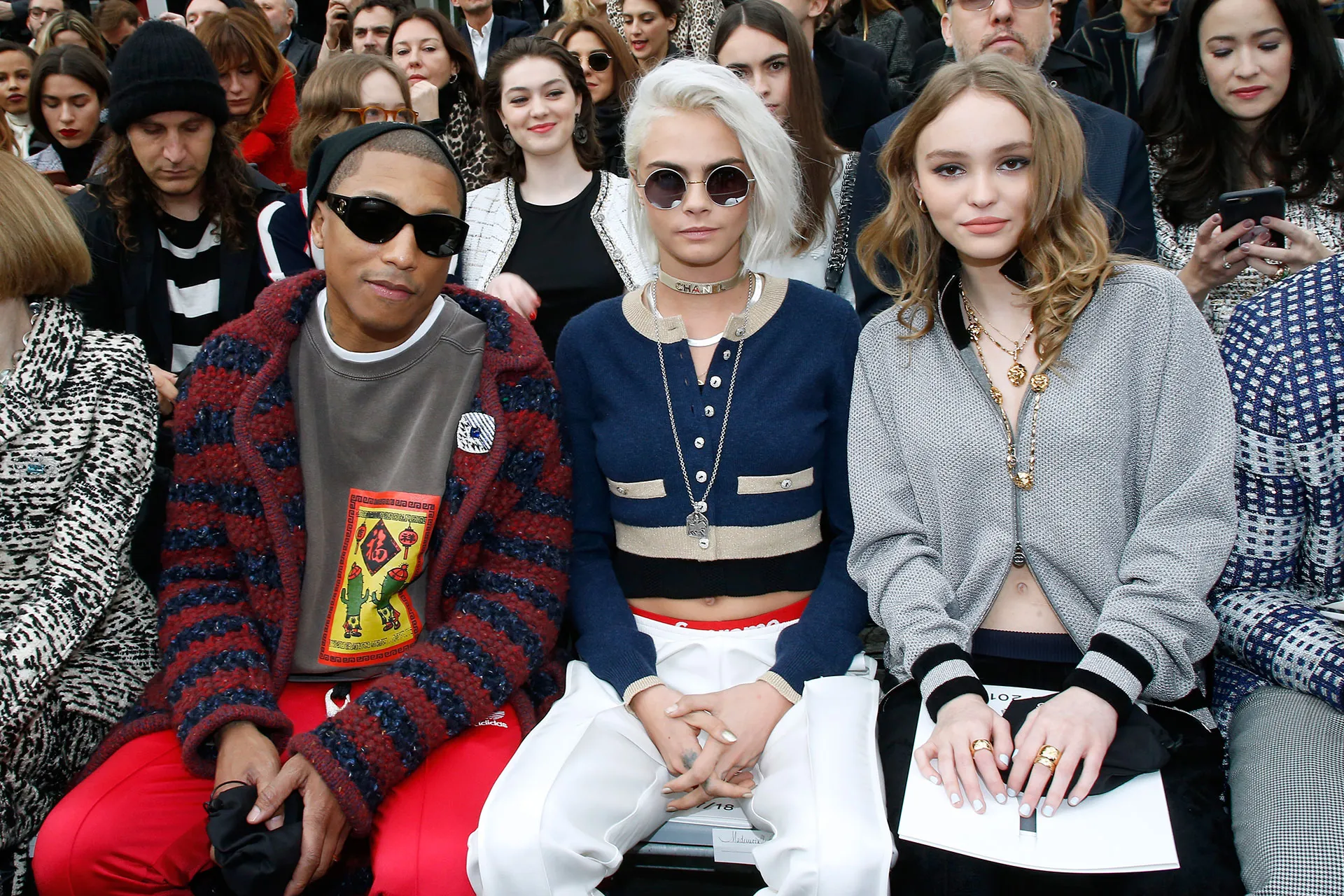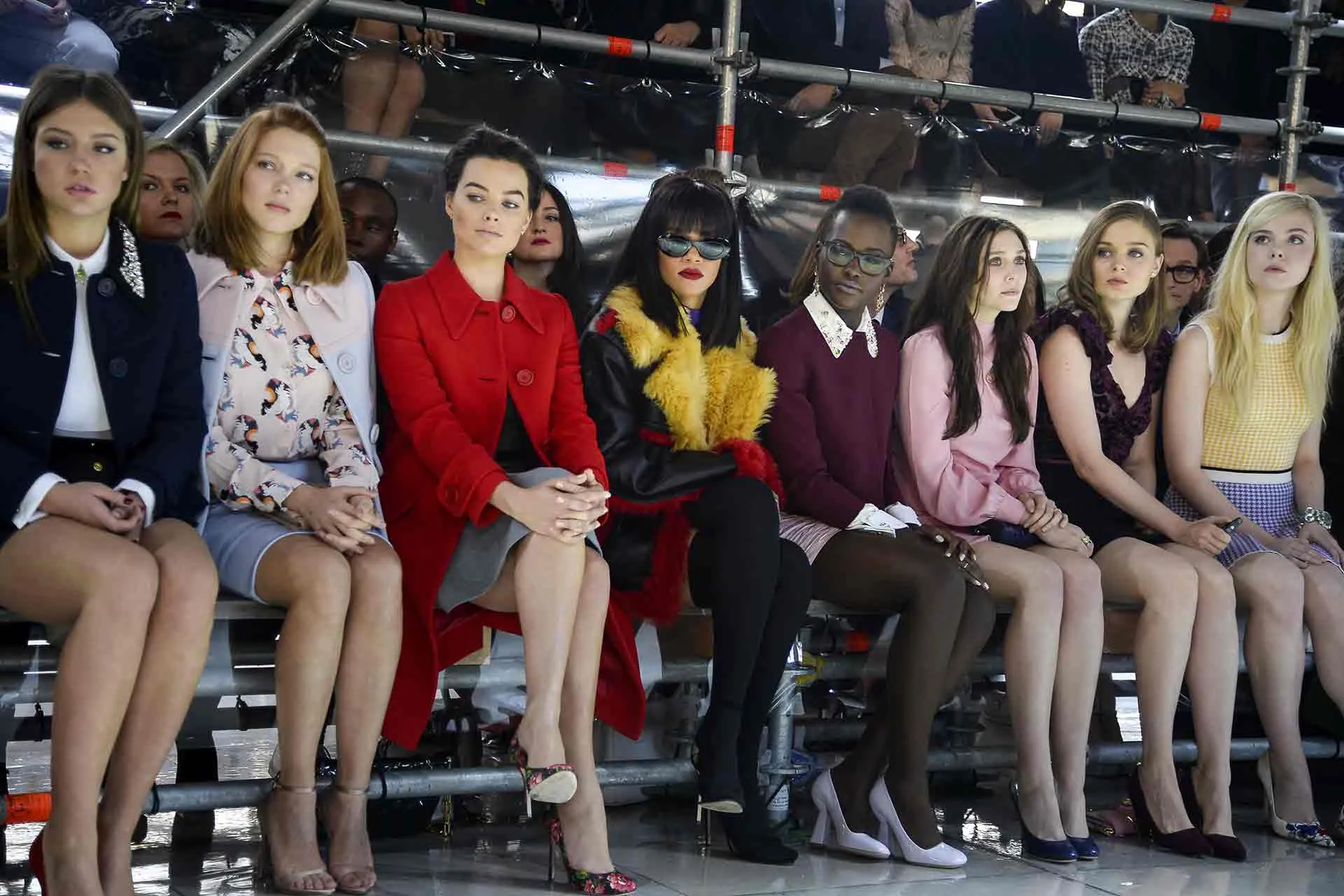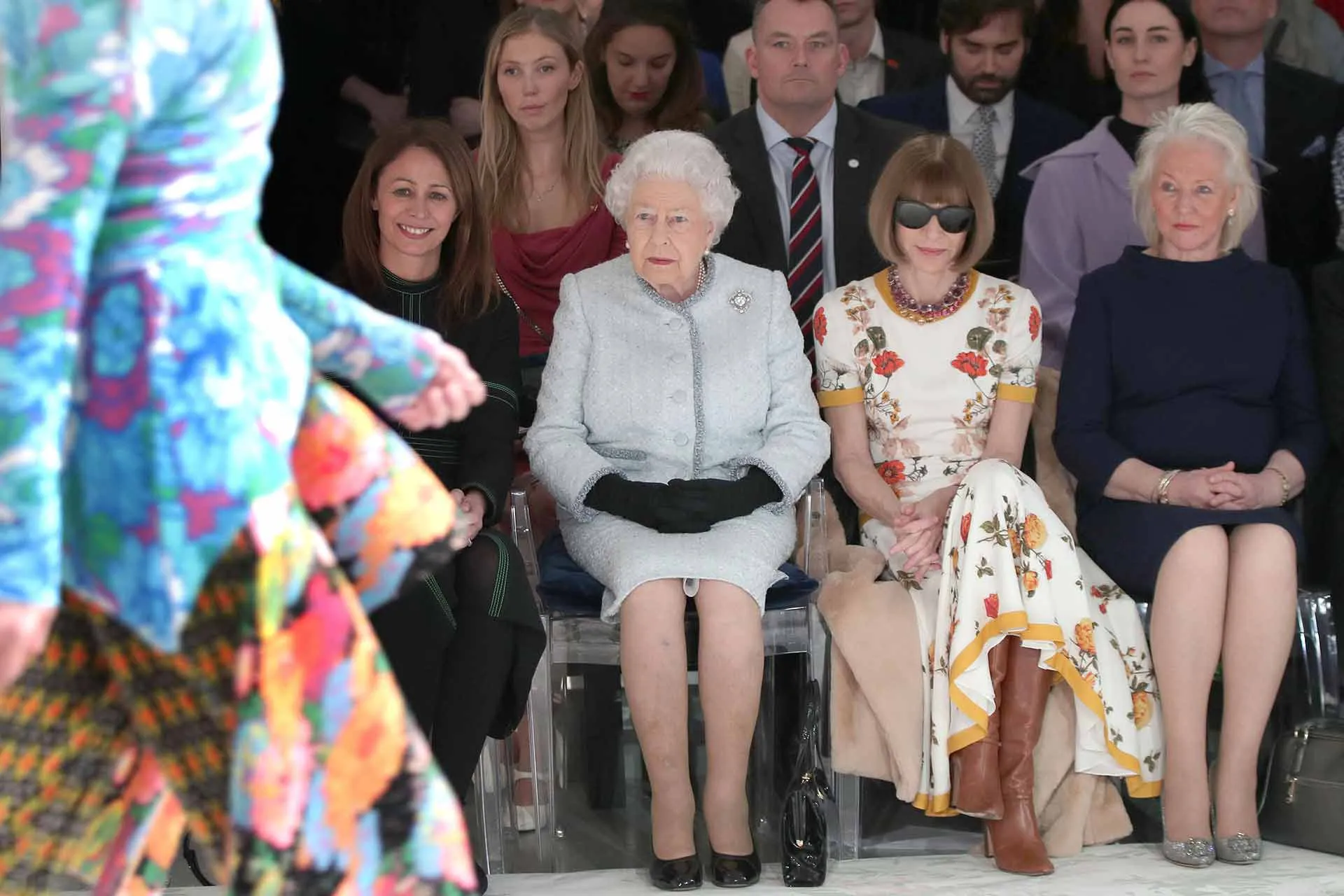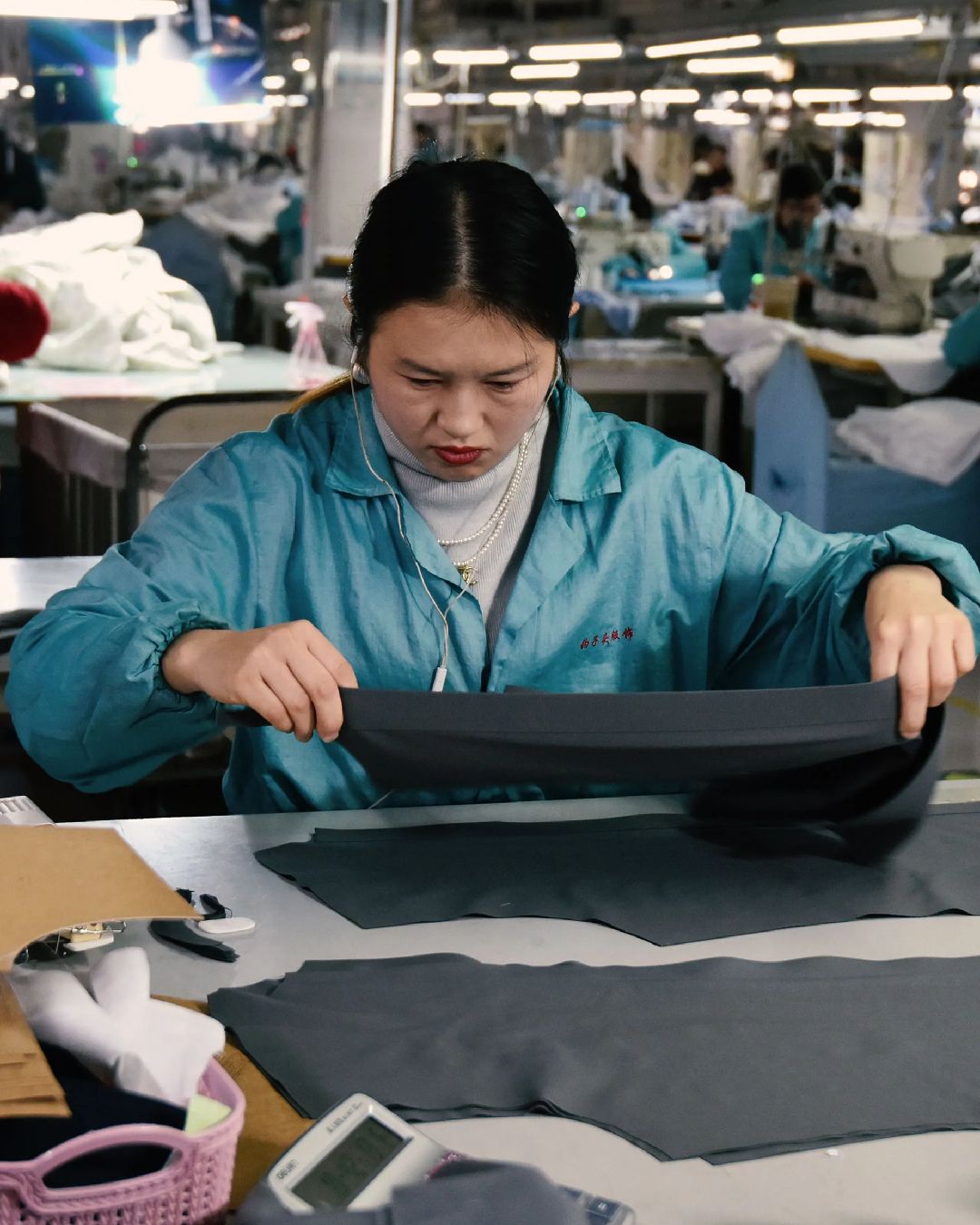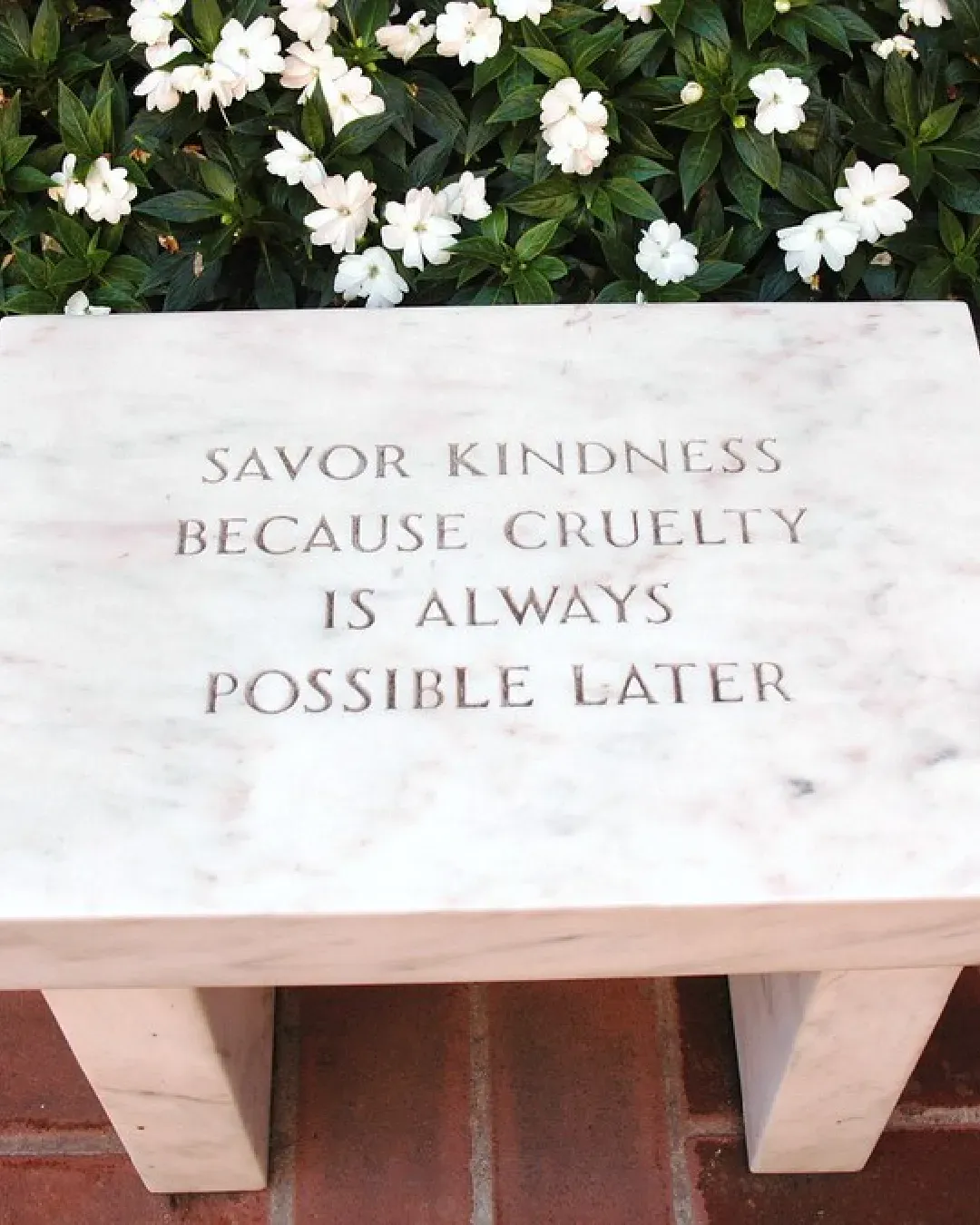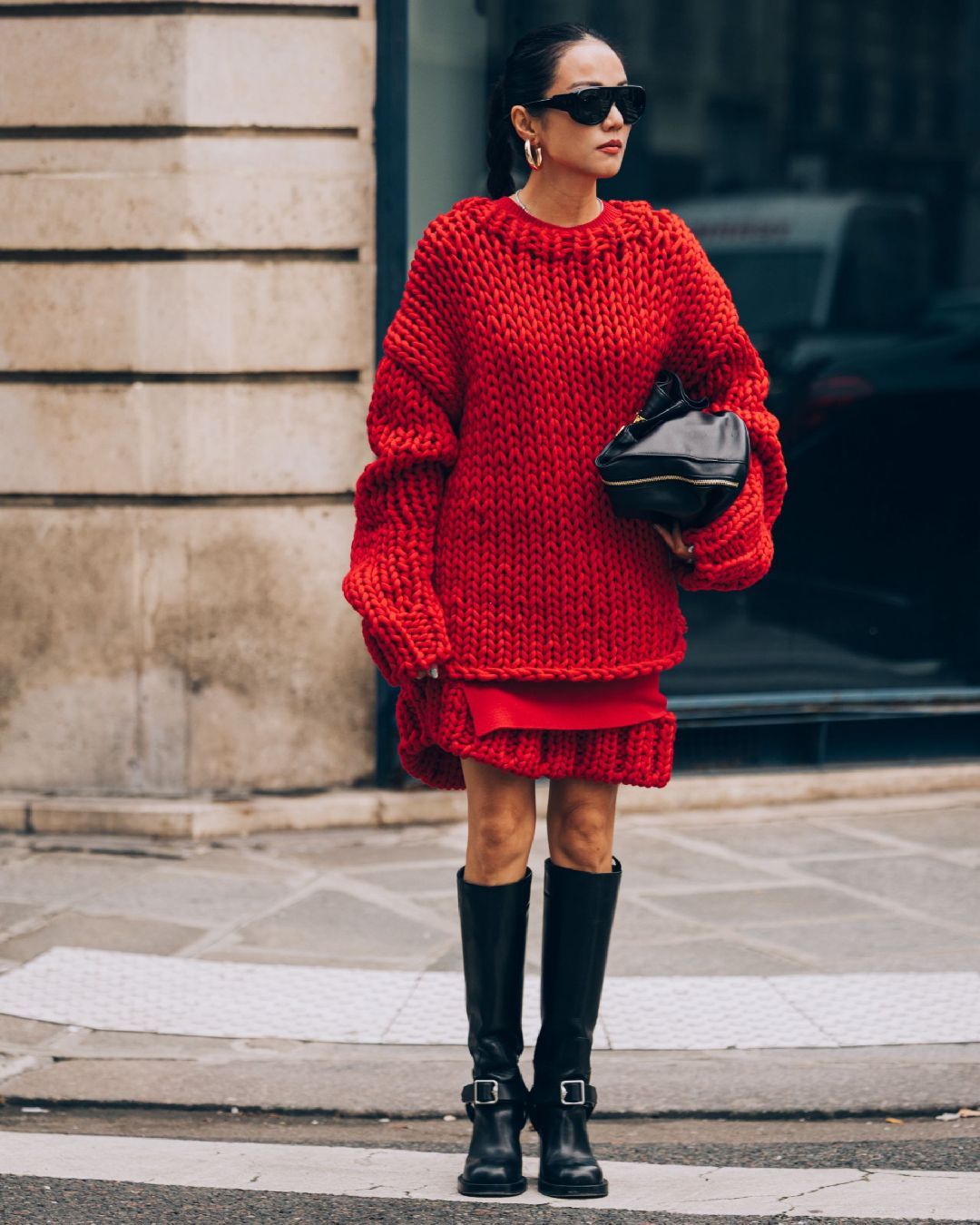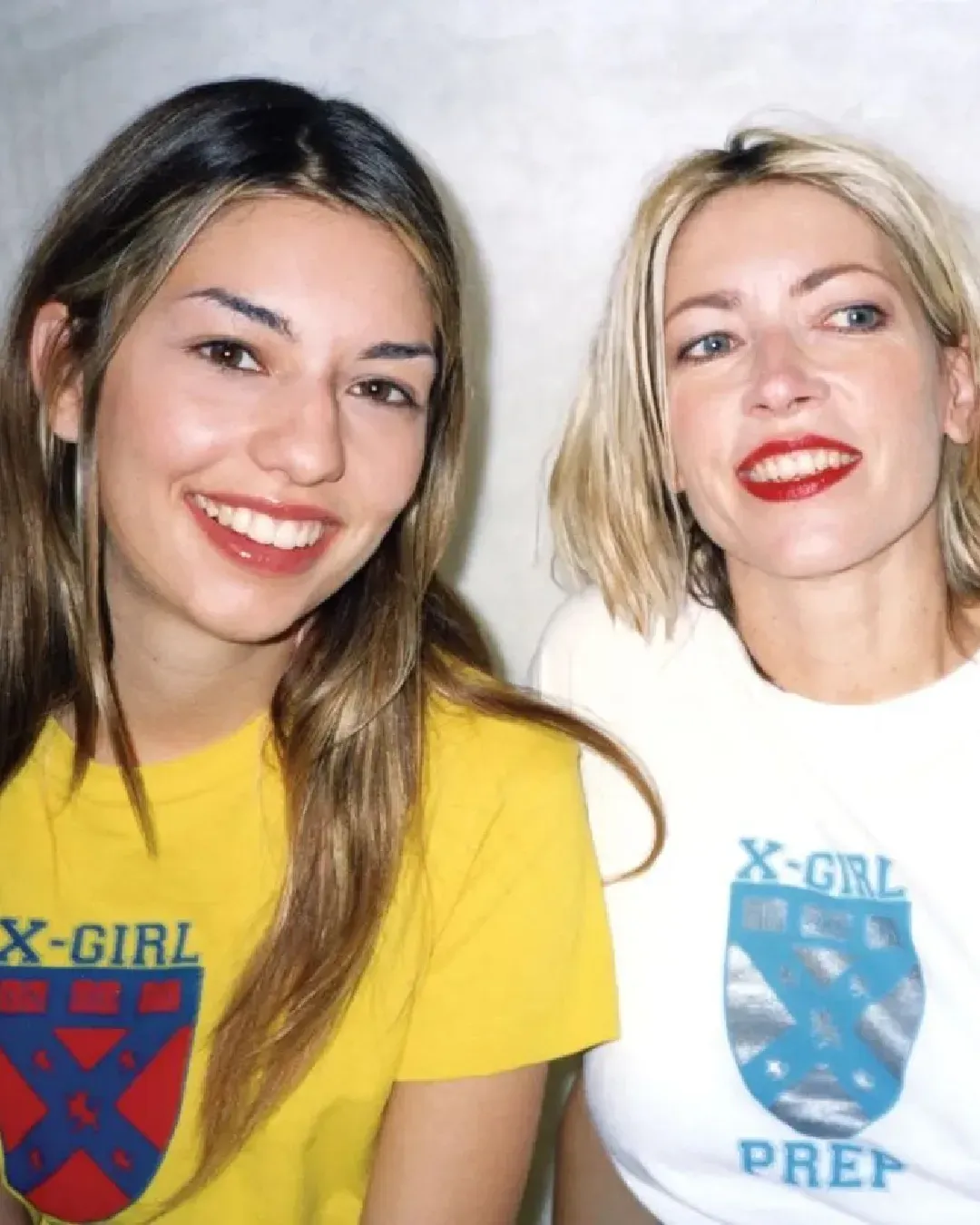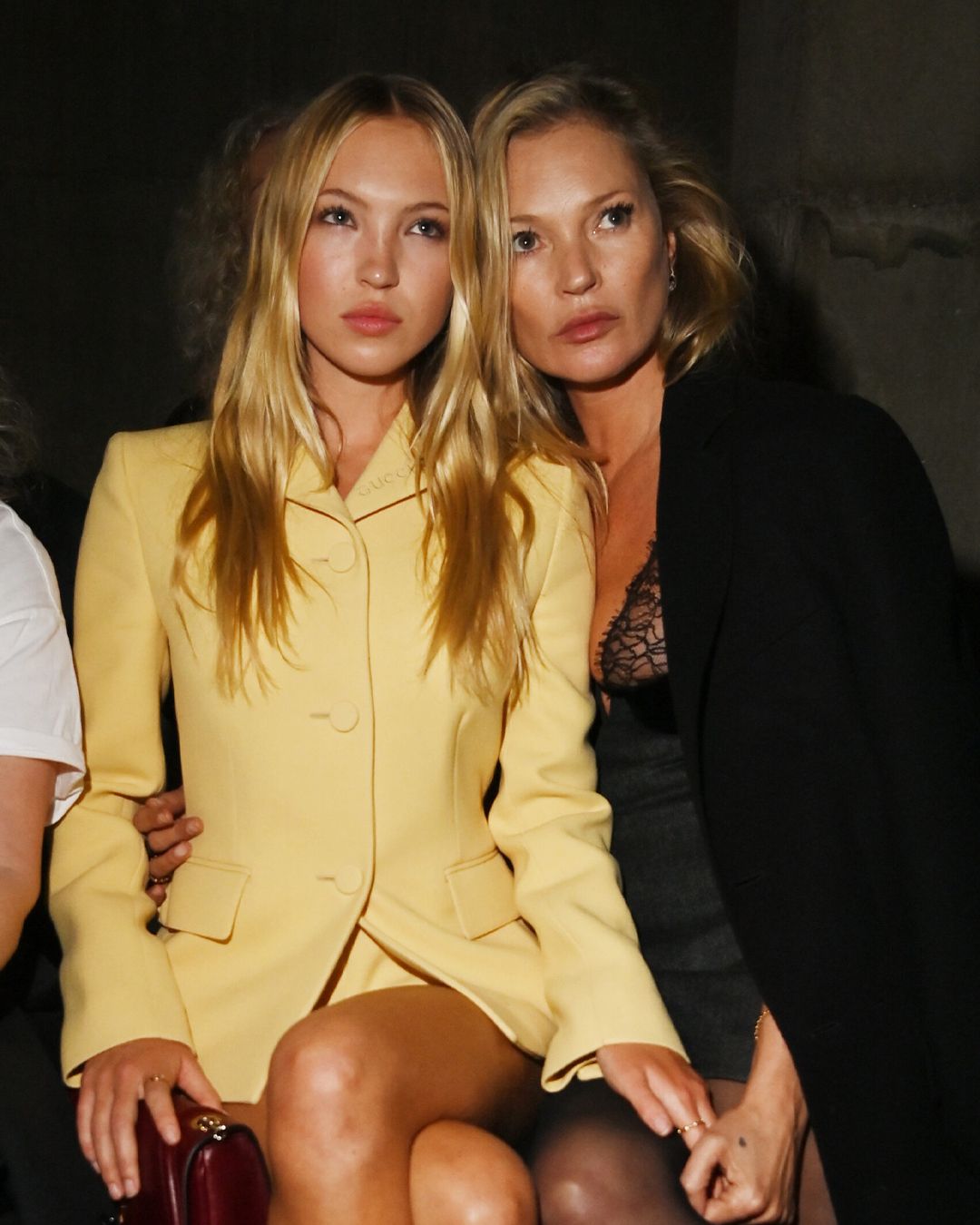
History and dynamics of the front row When influence outweighs passion
Anna Wintour, Leonardo DiCaprio, Kim Kardashian, Rihanna, Penélope Cruz to Queen Elizabeth II, brands are vying to have celebrity sitting the front row. It represents a microcosm of power, prestige, and industrial politics. These have changed over time and now it is the guests who create the event. Historically reserved for the most influential figures in the industry, the "front row" has become over the decades a barometer of the evolution of fashion, its players, and its practices. Under its spontaneous and warm appearance, its organization is well thought out and can yield significant returns if handled correctly. But how has the front row evolved over time?
The concept of the front row as we know it today began to take shape in the 1970s in Europe. Before this period, fashion shows were relatively intimate events, often held in the salons of couture houses such as Chanel, Dior, or Balmain which only buyers had access to for strictly professional purposes. Over time, as shows became more of a communication tool with the arrival of photographers, journalists in 1947 after World War II serving the advertising needs of brands and helping to rebuild the market economy. With the expansion of the industry and the arrival of mass media, fashion shows transformed into grand spectacles hosting celebrities, high-profile editors, and influencers, thereby changing the dynamics and perception of these events. These are now most criticized by their lack of expertise and legitimacy necessary to participate in events focused on the more technical or artistic aspects of fashion.
@lucienpagesofficial Le front Row, le casse tête
son original - lucienpages
Today, the organization of the front rows at fashion shows is an operation that requires meticulous planning. Invitations are strategically awarded to maximize media exposure and strengthen relationships with key industry players. The communication directors of fashion houses play a crucial role in this process, using sophisticated systems to manage guest lists that reflect social and professional status. Decisions about who sits where can influence partnerships, advertising contracts, and even careers. The last famous "front row" that made a lot of noise was the Haute Couture Schiaparelli show at the Petit Palais in Paris, on January 23, 2023. Doja Cat headlined, dressed in a bright red gown adorned with 30,000 Swarovski crystals designed by the brand's creative director Daniel Roseberry and the famous makeup artist Pat McGrath. Alongside were internationally renowned actresses Marisa Berenson, Diane Kruger, Rossy de Palma and American celebrity Kylie Jenner. The latter also shared the spotlight with the rapper, dressed in a black velvet gown adorned with a false lion's head.
They all share, in advance, looks that will be presented during the minutes that follow. Their theatrical arrivals at different intervals, planned by the house beforehand, to ensure the best photos and video for photographers, journalists, and the brand's own social networks. Once seated, the show is almost launched, and only a few photographers from major industry magazines are allowed to take photos of the stars side by side. The images are subsequently relayed, by the celebrities and the house in question, on social networks (60M views for 2 videos) under an agreement with the brands requiring a serious cost. We talk about $100,000 per show for singers like Rihanna and Beyoncé. We also now see brands like "The Row", led by designers Ashley and Mary-Kate Olsen, controlling their communication more tightly, asking the audience not to take photos during their last show Fall 2024 RTW. An initiative that will also be much talked about and relayed by the media, pointing out the influencers who receive front row seats for a simple post.
In conclusion, the "front row" of fashion shows has transformed from a professional space exclusively reserved for buyers and specialized journalists into a true media spectacle. This change reflects the evolution of the fashion industry, where celebrities and influencers have taken a predominant place, turning these events into strategic opportunities for advertising and product placement. For editors and celebrities, these seats are often seen as a sign of their influence in the industry. However, this competition for a seat in the front row can also reveal the dynamics of power and sometimes the inequalities present in the fashion world. With the advent of social media and the democratization of fashion via platforms like Instagram and TikTok, the front row has also had to adapt. Influencers with large online followings are now regular guests, able to amplify a show's reach far beyond the confines of the event. The case of the Haute Couture Schiaparelli show perfectly illustrates this mutation, where staging and planning are designed to maximize impact on social media and the media. Meanwhile, brands like "The Row" adopt controlled approaches, restricting sloppy communication to cultivate an aura of exclusivity and appreciation of the moment, thus highlighting the various strategies that houses employ to navigate this complex media landscape. The "front row" has become a clear reflection of current sociocultural and economic trends in fashion, marking both a legacy of prestige and a platform for strategic change.










































